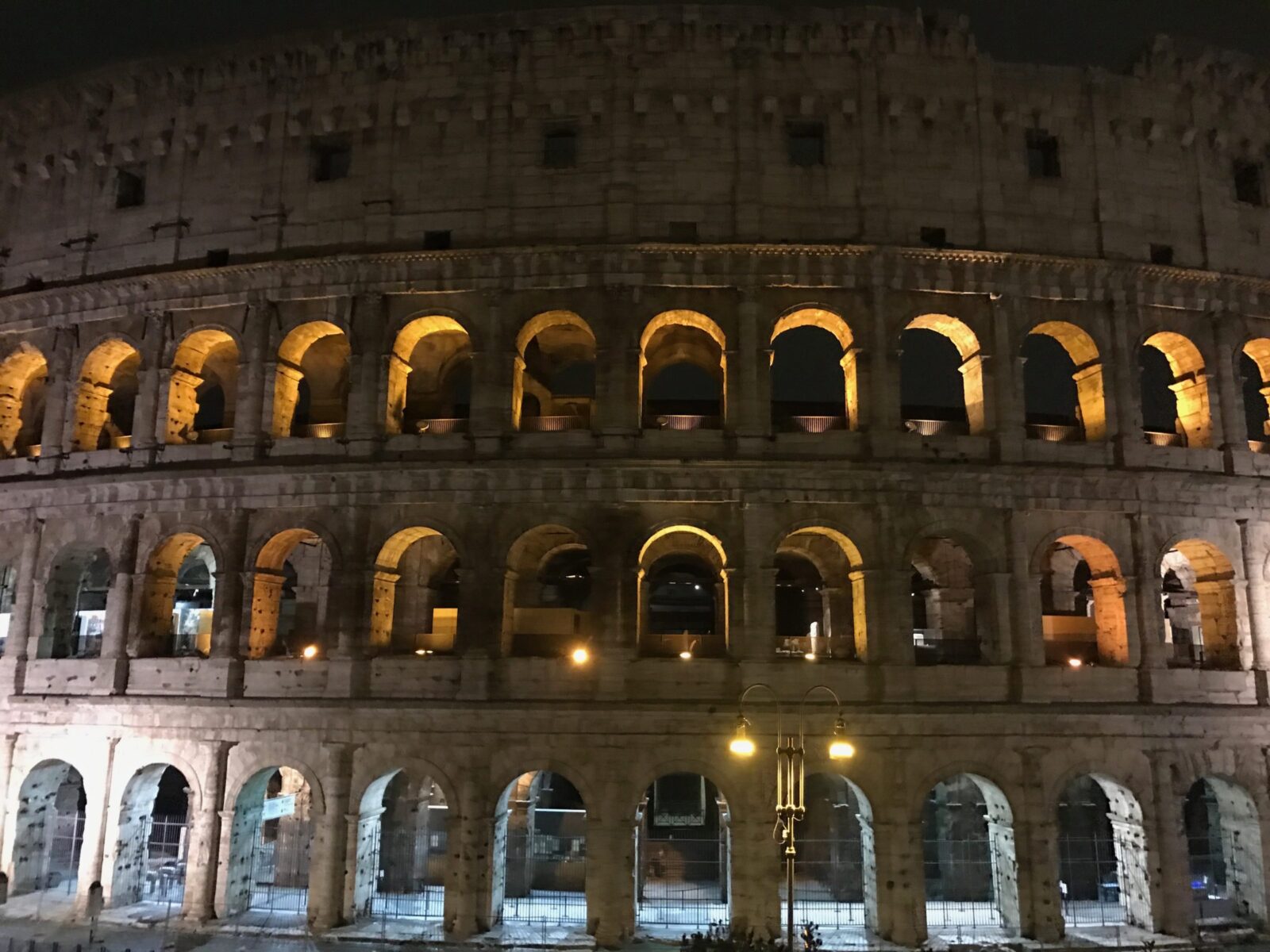CHICAGO (September 13, 2017) â For the third summer in a row, a select group of ºÚÁÏ³Ô¹Ï undergraduate students took part in an intensive mentoring program, working alongside North Park professors while conducting in-depth research in their given academic fields.
Called the North Park Research Experience for Students (NPRESS), the program allows undergrads to receive the type of guidance and research opportunities typically available only in graduate programs.
As part of the eight-week program, funded by North Park donors, students receive a $3,500 stipend, $500 materials allowance and free on-campus housing while conducting research for their theses.
Both the student and faculty mentor explore ideas together during the application process and throughout the two months of hands-on research, said NPRESS Co-Director Dr. Rajkumar Boaz Johnson. âThe program allows deeper learning between students and faculty.â
Twelve students, all incoming sophomores, juniors or seniors, were selected for this summerâs program.
On Aug. 30, five of them presented their theses to NPRESS donors, alumni, and faculty at a dinner in the Helwig Boardroom.
Representing majors from History and Global Studies, Exercise Science, Biomedical Sciences, Biology, and Economics, the students discussed their theses and answered questions from the audience. Through their rigorous research, students made connections on themes involving theology of lament and J.R.R. Tolkienâs novel Legendarium, exercise science and velocity data, interactive learning tools and host-pathogen interactions, genes and unicellular alga, and lure of perceptions versus evidence and fact on inventory and cash/financial performance.
Business and Economics major Jomarie Perlas delved deep into making connections between perception of value and actual value in researching inventory.
âConducting market research and a survey helped to provide insight into inventory management, an area Iâm interested in,â Perlas said.
Biology major Haydee Ramirez said the relationship she formed with her mentor, Dr. Yoojin Choi, helped her prepare for her presentation.
âGetting all the research condensed into 10 to 12 minutes that a general audience can understand was a challenge, but my mentor Dr. Choi was there to work with me,â Ramirez said.
Dr. Johnson developed the program to offer undergraduate students a comprehensive and hands-on learning experience that encompassed research, writing, and presenting.
Inspired by the program, participants like 2016 NPRESS participant Hannah Hawkinson, who studied feminist theology and social justice, is now pursuing a Masterâs of Divinity degree at Princeton Theological Seminary.
The NPRESS Committee expressed their gratitude to the donors and the board for making the program possible and for providing North Park students with another avenue to connect academic interests with real-life experiences.
Acceptance into NPRESS is based on an evaluation by North Parkâs Undergraduate Research Committee (URC), which examines student merit, outcome, and commitment to 40 hours of research per week. The application deadline for Summer 2018 will be this spring, and applications are open to faculty and undergraduate students of all disciplines. Inquiries can be made with URC Chair Dr. Yoojin Choi .



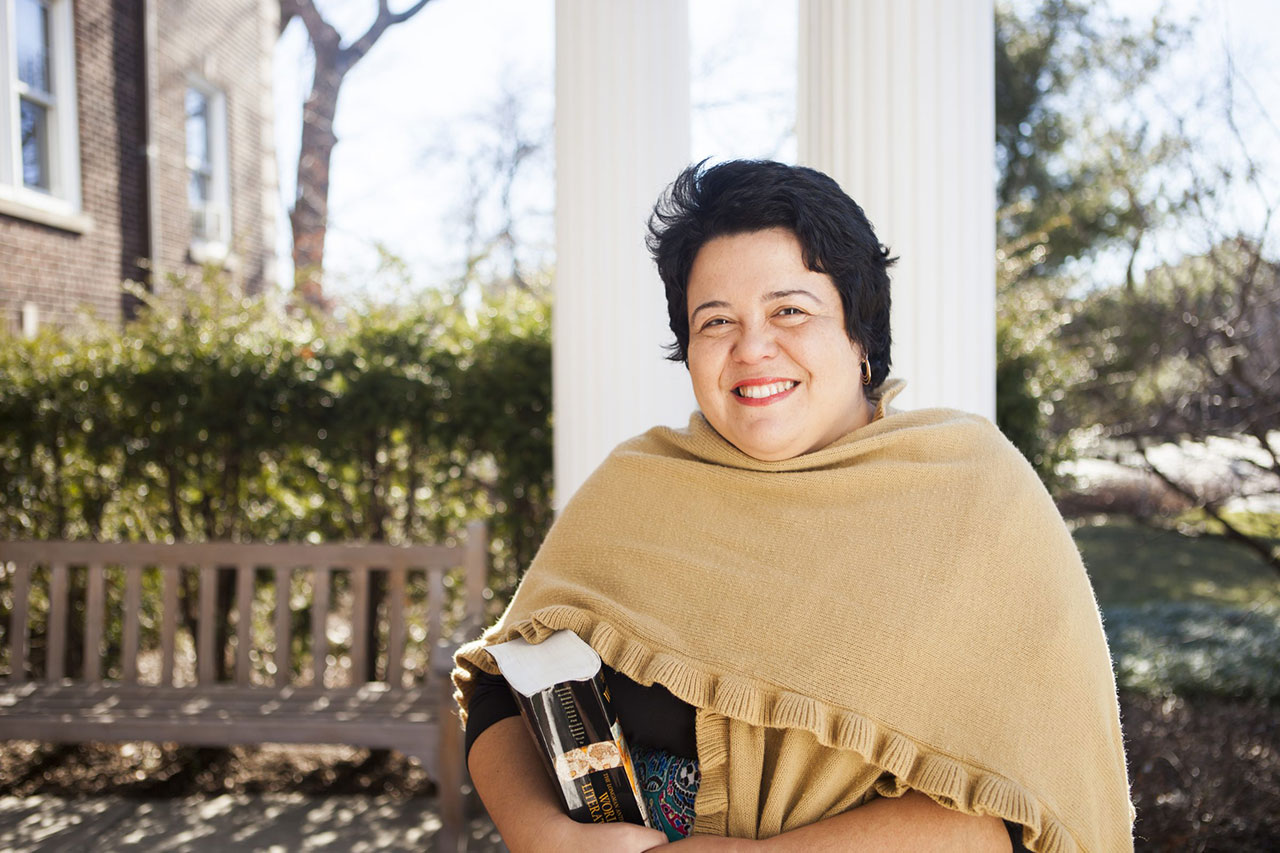
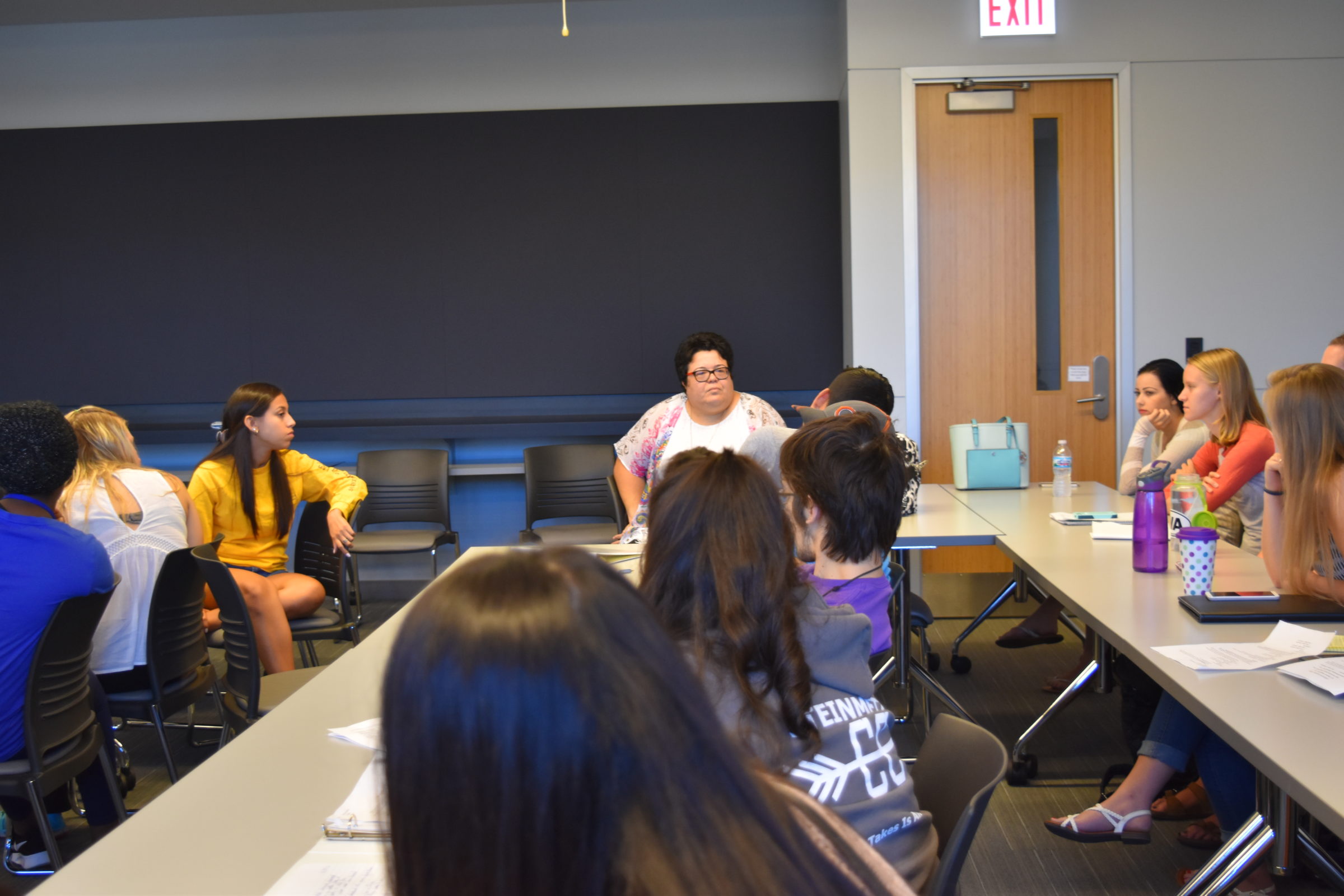

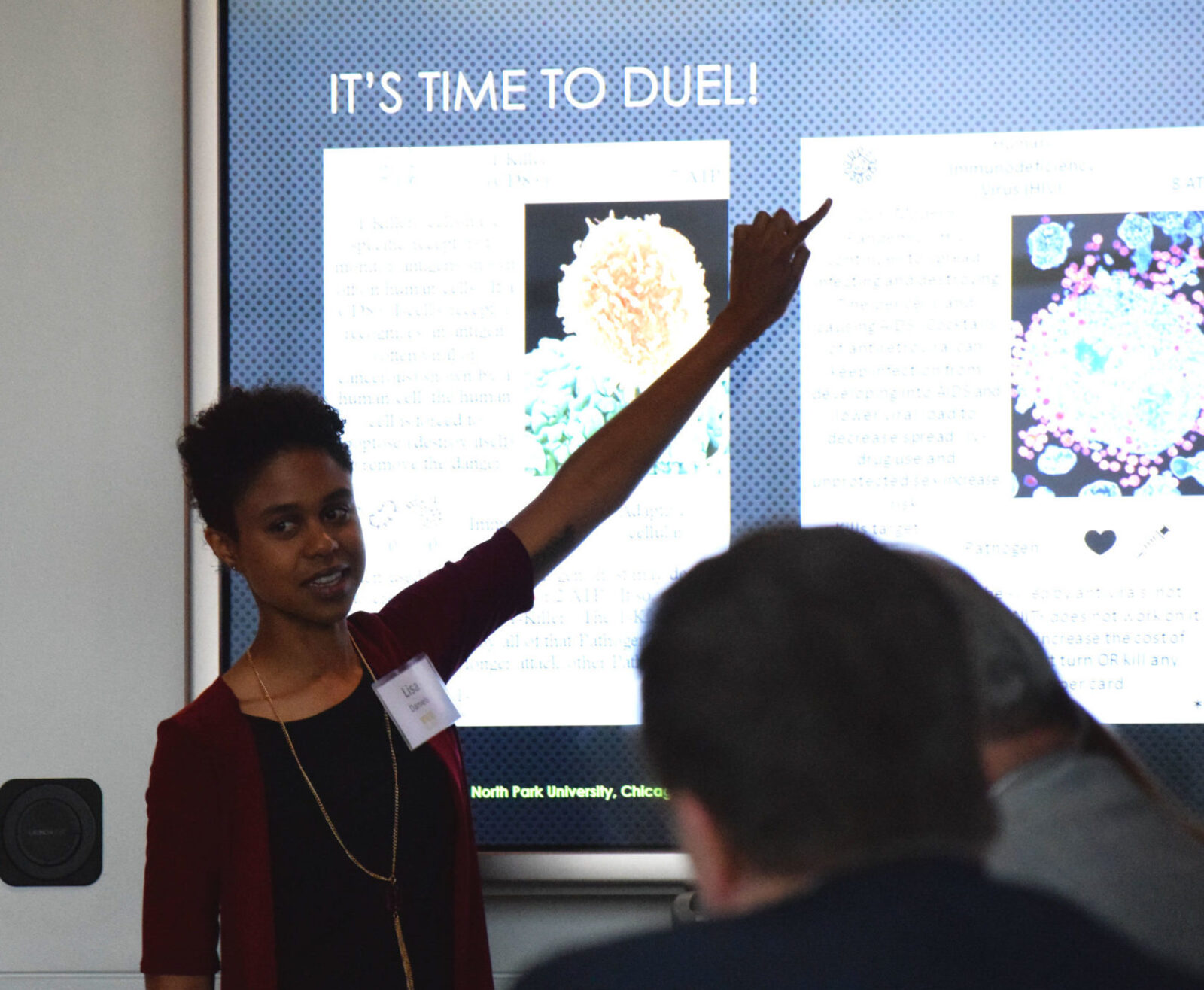
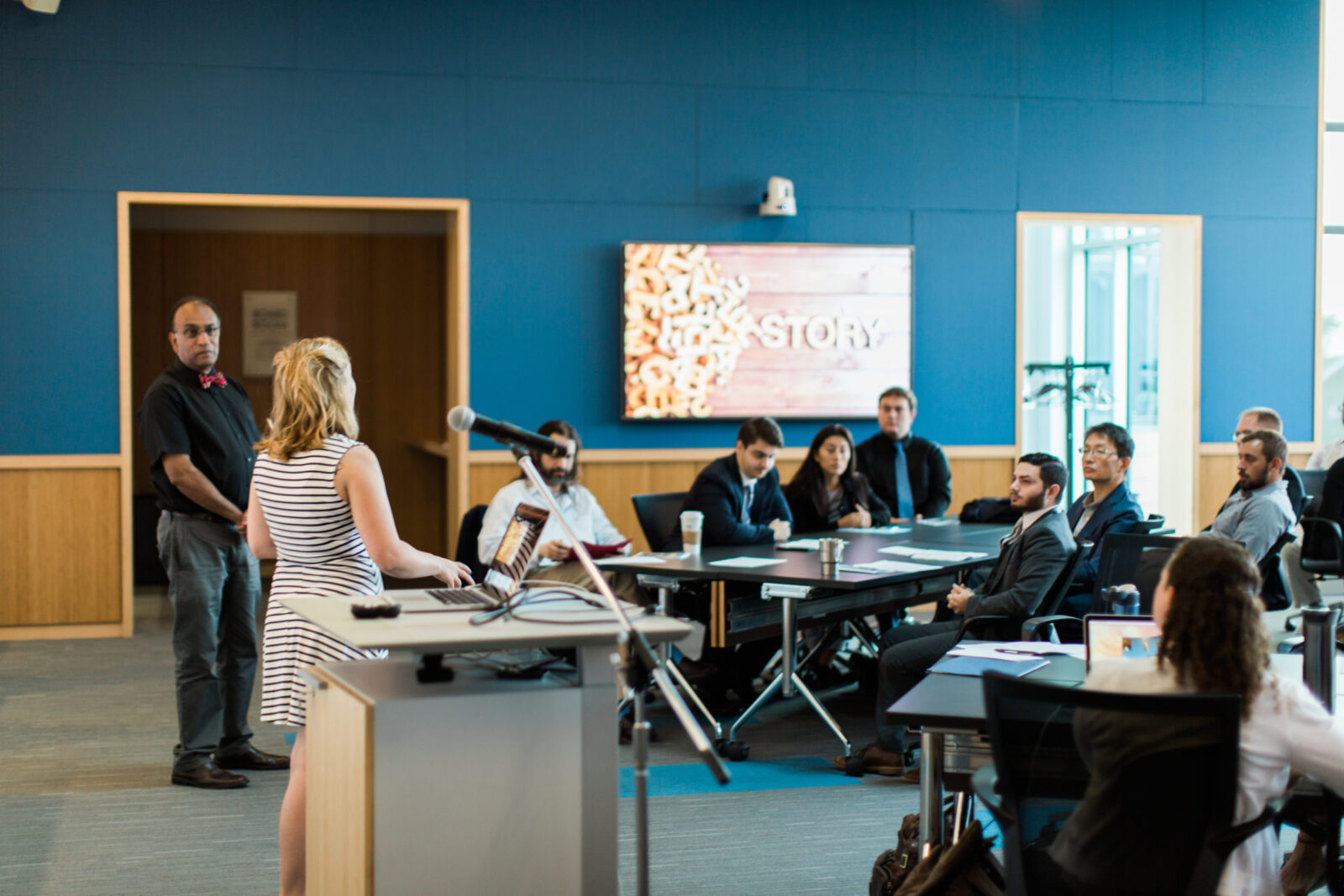

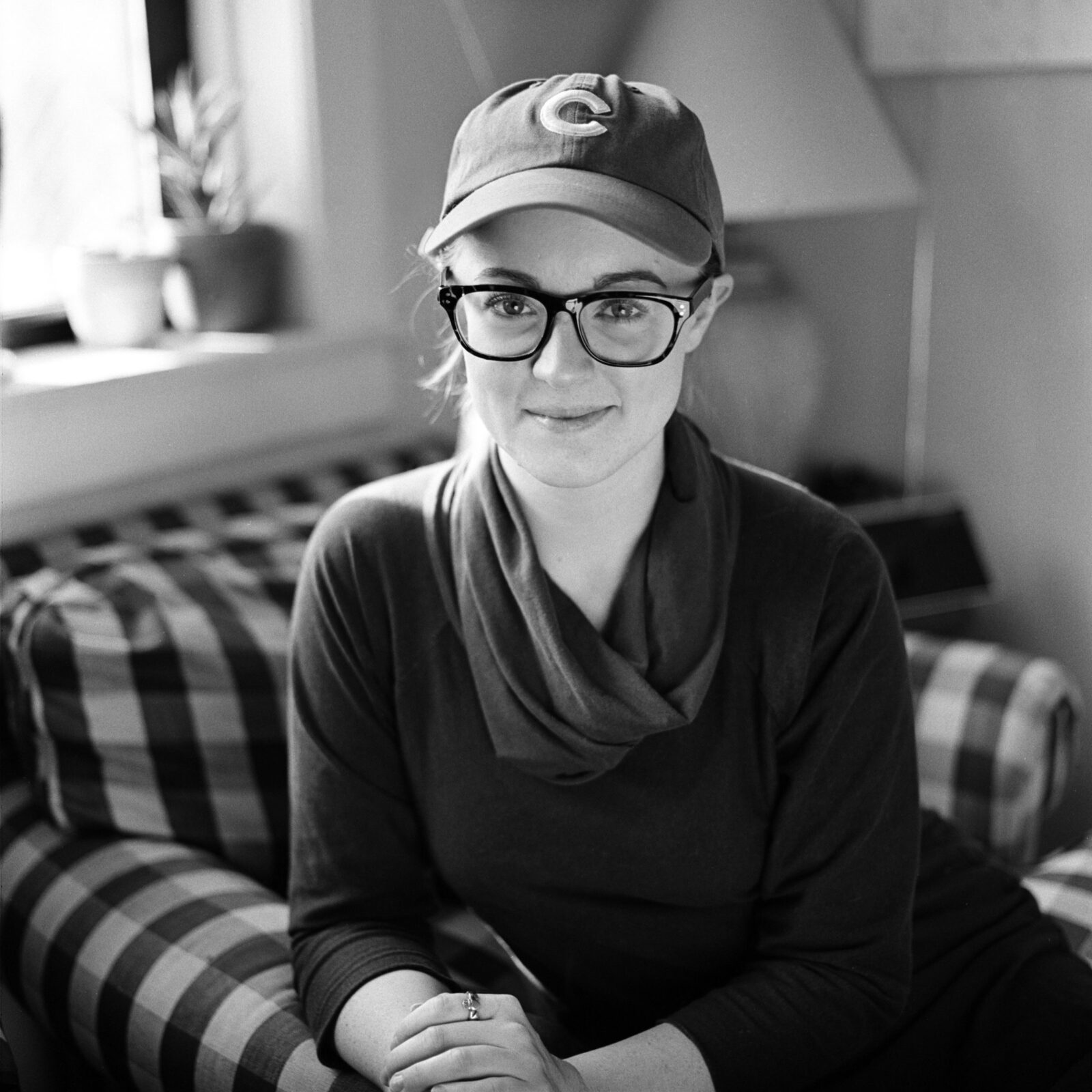
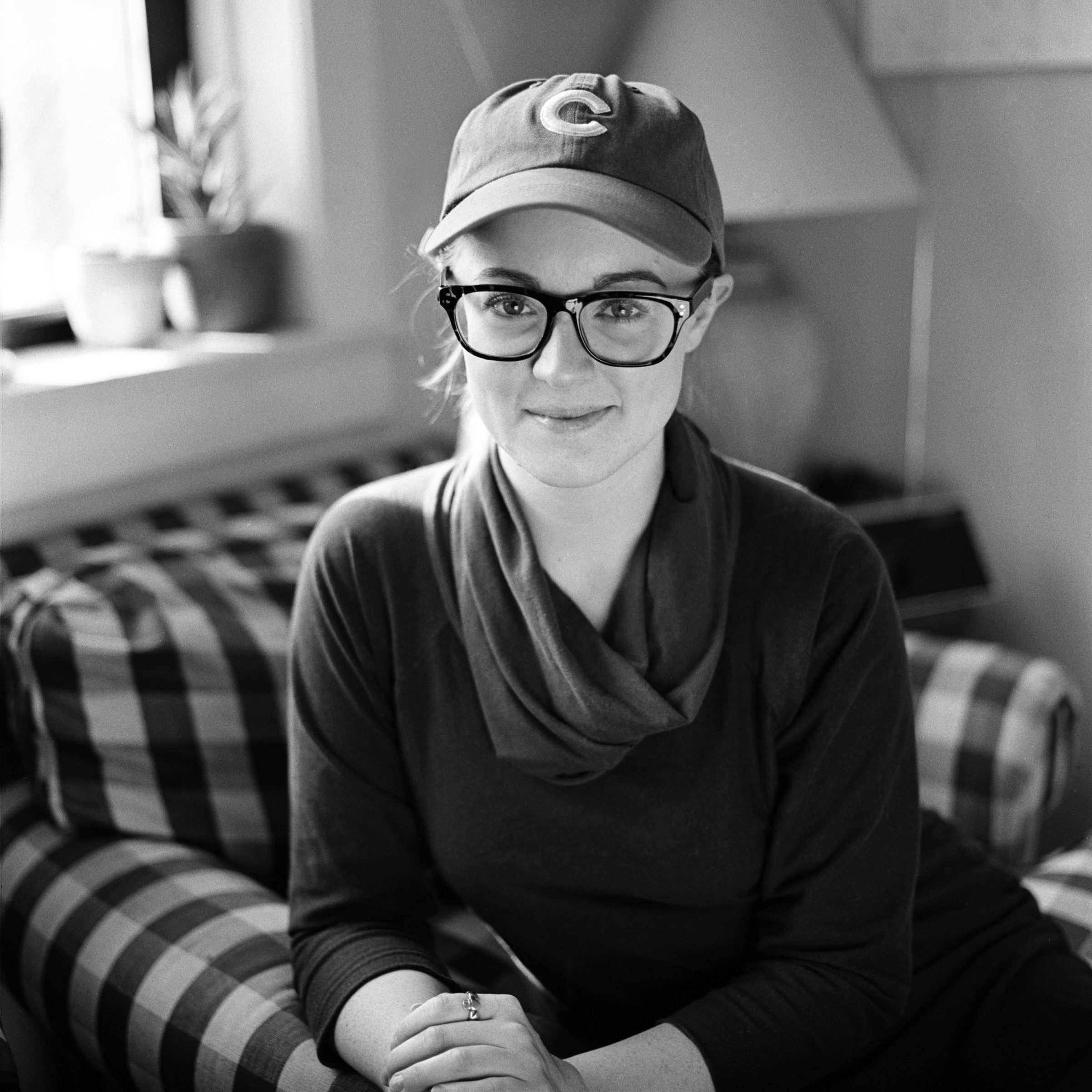
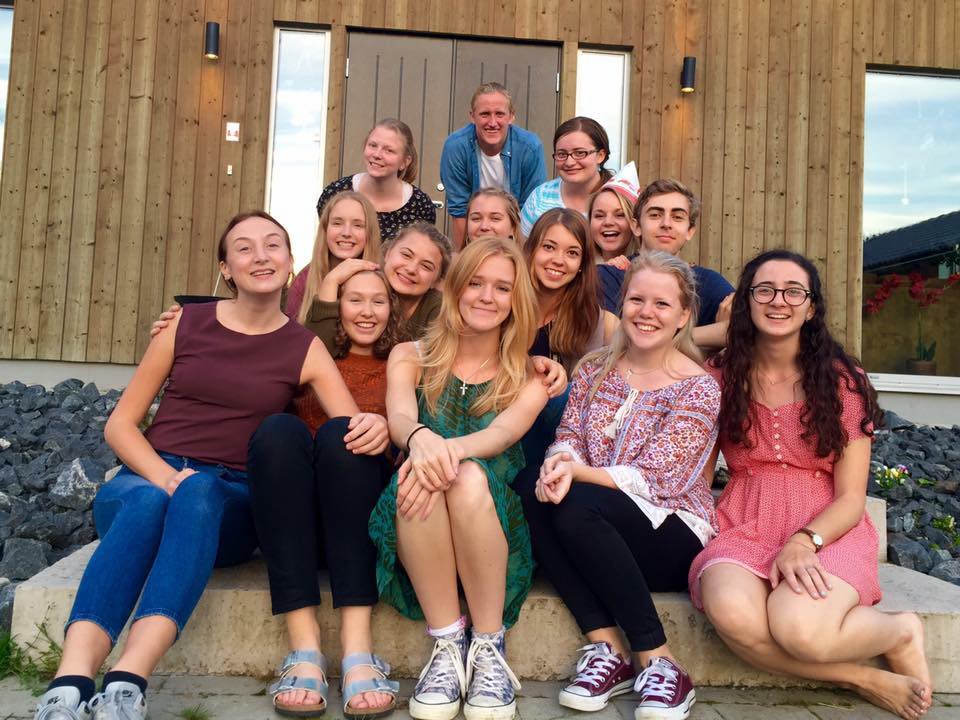
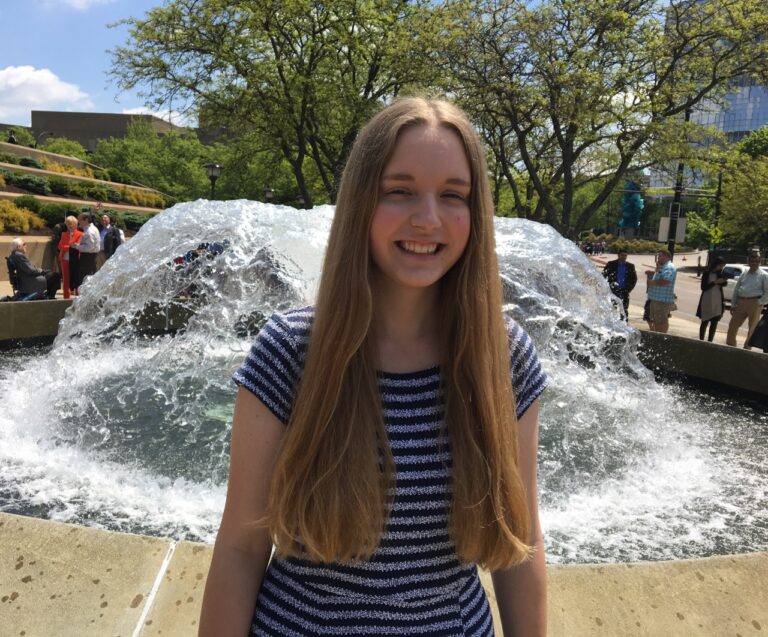
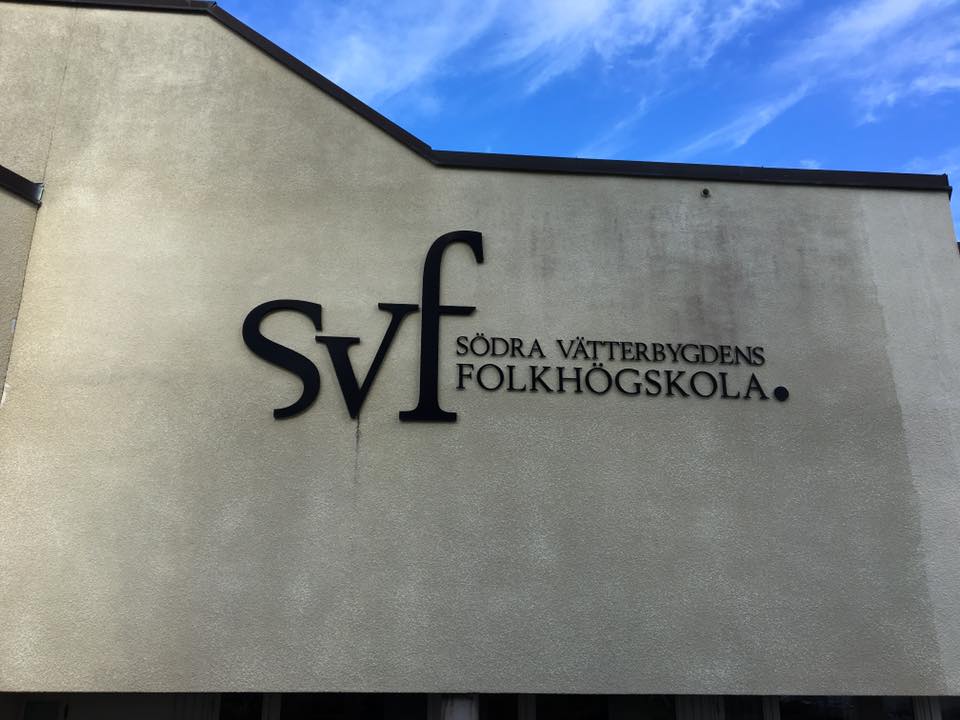 Upon my return from studying at SVF in Sweden, I was frequently asked the convenient conversation starter, âHow was Sweden?â To which I found myself providing a variety of answers. I openly shared personal details and anecdotes with some people, while shielding aspects of my experience with others. No one knows the true story of my time in Swedenânot even me. It already feels like a distant memory. I look at the photos see the familiar faces of the friends I spent both the most rewarding and challenging four months of my lifeâand it just doesnât feel real. I have pictures of me standing in front of the Eiffel Tower, the Roman Colosseum, and Big Ben, but I am still struggling to process the fact that I was there just a few months ago. I spent a semester on another continent, in a different country, learning an unfamiliar language, and eating cultural food; however, since Iâve been back at ºÚÁϳԹÏ, that experience has felt like more of a fantastical adventure. And in a way, it was. I was living in a dreamâmy childhood dream of traveling Europe. It was euphoric, incredibly brilliant, simply life-changing. But it was also taxing, strenuous, and exhausting.
Upon my return from studying at SVF in Sweden, I was frequently asked the convenient conversation starter, âHow was Sweden?â To which I found myself providing a variety of answers. I openly shared personal details and anecdotes with some people, while shielding aspects of my experience with others. No one knows the true story of my time in Swedenânot even me. It already feels like a distant memory. I look at the photos see the familiar faces of the friends I spent both the most rewarding and challenging four months of my lifeâand it just doesnât feel real. I have pictures of me standing in front of the Eiffel Tower, the Roman Colosseum, and Big Ben, but I am still struggling to process the fact that I was there just a few months ago. I spent a semester on another continent, in a different country, learning an unfamiliar language, and eating cultural food; however, since Iâve been back at ºÚÁϳԹÏ, that experience has felt like more of a fantastical adventure. And in a way, it was. I was living in a dreamâmy childhood dream of traveling Europe. It was euphoric, incredibly brilliant, simply life-changing. But it was also taxing, strenuous, and exhausting.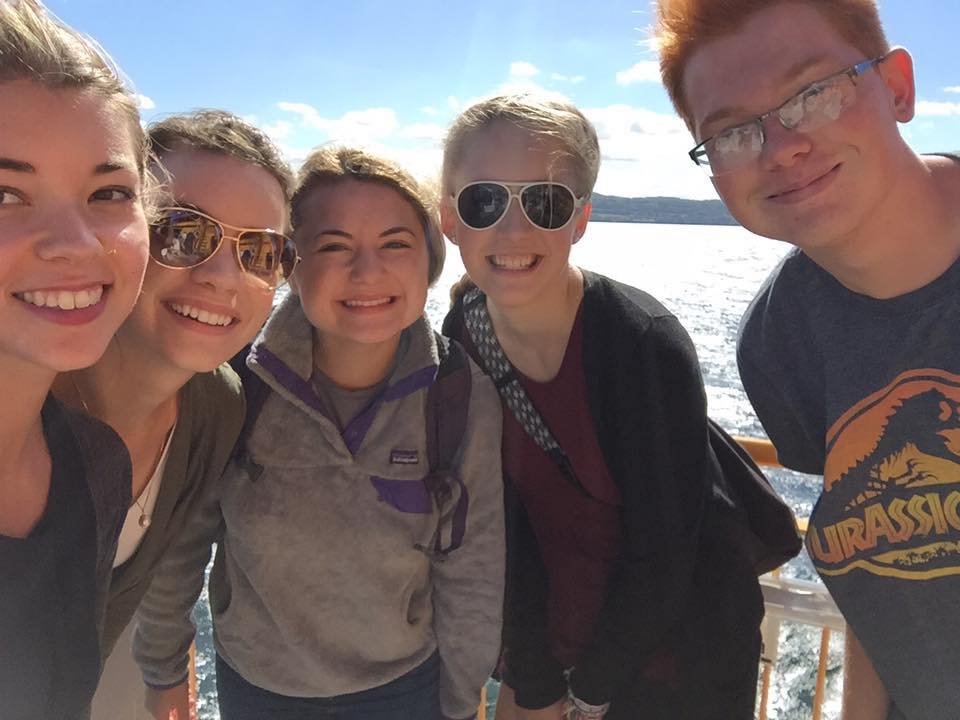 With each passing day, I appreciated the country and culture of Sweden, along with my overall experience, more and more. I appreciated walking out of my dorm every morning to see the sun rising over the city of Jönköping and Lake Vättern, Friday fika and Ica runs, the peace and quiet of SVF, having late night talks with my roommate, FaceTiming my family from the basement of my dorm at midnight, Pepparkakor and glögg, having to use a converter whenever I needed to charge my phone, daily morning fika, and having to wear reflective bracelets to avoid being hit by cars since it would get dark by 3:00. It wouldâve been so easy to take the little things for granted, but the little things are what made the opportunity so special.
With each passing day, I appreciated the country and culture of Sweden, along with my overall experience, more and more. I appreciated walking out of my dorm every morning to see the sun rising over the city of Jönköping and Lake Vättern, Friday fika and Ica runs, the peace and quiet of SVF, having late night talks with my roommate, FaceTiming my family from the basement of my dorm at midnight, Pepparkakor and glögg, having to use a converter whenever I needed to charge my phone, daily morning fika, and having to wear reflective bracelets to avoid being hit by cars since it would get dark by 3:00. It wouldâve been so easy to take the little things for granted, but the little things are what made the opportunity so special.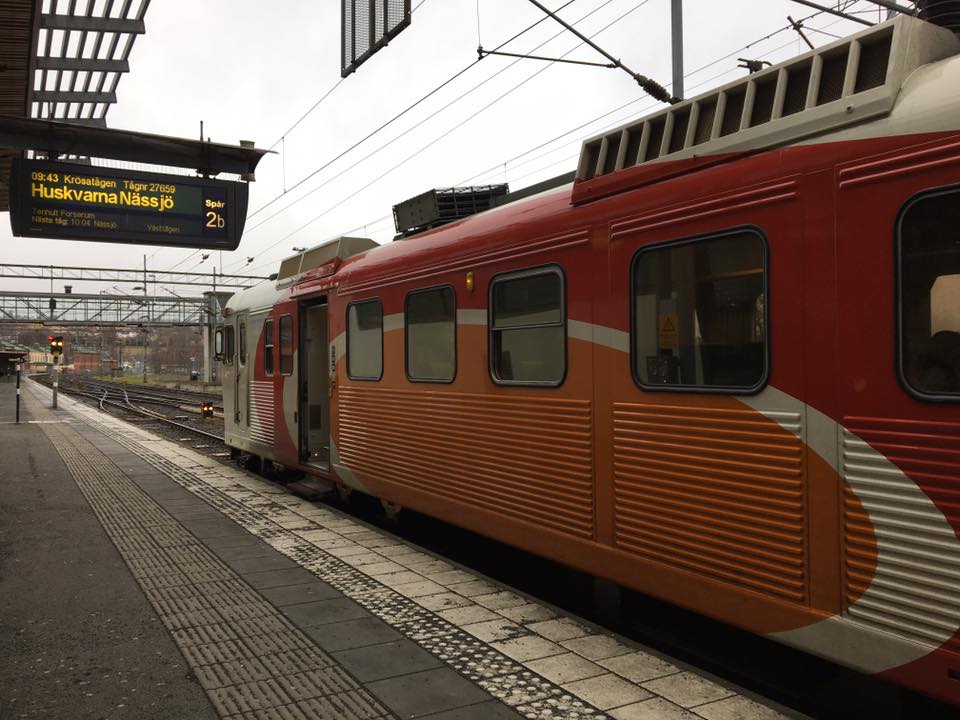 Studying abroad pushed me to grow in ways I hadnât anticipated beforehand. I grew in my confidence and independence, and I learned to rely on myself in a whole new way. It was the longest I have ever been away from my family, meaning that I had to accept the fact that I couldnât always rely on them to hold my hand. Apart from relying on myself, I also had to rely more heavily on those around me. I had to accept the fact that I needed to place my trust in my peers and to accept the idea of vulnerability. Sweden did leave me vulnerableâvulnerable and raw, my protective walls peeled away. Shedding these skins hurt, but it allowed new ones to replace the old, and these new skins have made me stronger and more resilient than ever before. And I owe all of this change to my decision to leave my comfort zone and take on an adventure of a lifetime, my adventure in Sverige.
Studying abroad pushed me to grow in ways I hadnât anticipated beforehand. I grew in my confidence and independence, and I learned to rely on myself in a whole new way. It was the longest I have ever been away from my family, meaning that I had to accept the fact that I couldnât always rely on them to hold my hand. Apart from relying on myself, I also had to rely more heavily on those around me. I had to accept the fact that I needed to place my trust in my peers and to accept the idea of vulnerability. Sweden did leave me vulnerableâvulnerable and raw, my protective walls peeled away. Shedding these skins hurt, but it allowed new ones to replace the old, and these new skins have made me stronger and more resilient than ever before. And I owe all of this change to my decision to leave my comfort zone and take on an adventure of a lifetime, my adventure in Sverige.
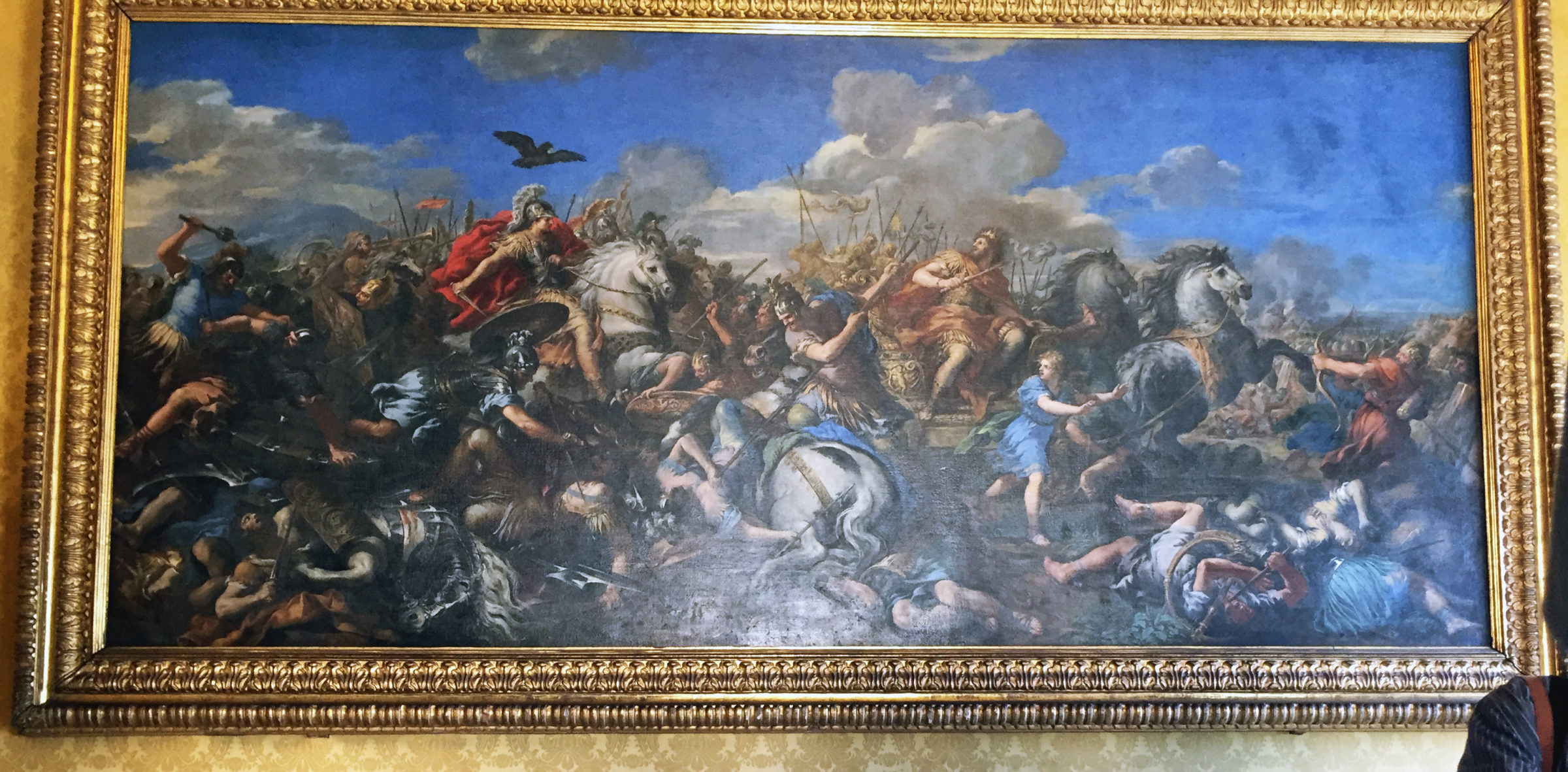 Take the painting by Pietro Aquila, for instance. Located in the Room of Triumphs in
Take the painting by Pietro Aquila, for instance. Located in the Room of Triumphs in Before I go, I want to share my favorite painting with you; itâs the fresco of the riot between Pompeiians and Nucerians, 59 A.D., Pompei, Volume IV, plate XXXII by Fausto and Felice Niccolini. This is an illustration of a riot that occurred outside of the amphitheater in Pompeii in 59 CE, speculated to have been between organizations from different towns. Itâs distinctive because the artist decided to paint this event rather than a gladiatorial fight, which was the most common use of the amphitheater. Theyâre also what youâd assume people would want to remember in a painting. It may be that the artist was connected to the riot somehow. The piece takes a birdâs eye perspective which removes the artist from the scene, whether that be to distance themselves to not be triggered by the event or because they were not there, I cannot say. It also is very spread out; each brawl and element are separated from each other, this is very different from the other art we saw during this time and that made it even more interesting. It is just so cool!
Before I go, I want to share my favorite painting with you; itâs the fresco of the riot between Pompeiians and Nucerians, 59 A.D., Pompei, Volume IV, plate XXXII by Fausto and Felice Niccolini. This is an illustration of a riot that occurred outside of the amphitheater in Pompeii in 59 CE, speculated to have been between organizations from different towns. Itâs distinctive because the artist decided to paint this event rather than a gladiatorial fight, which was the most common use of the amphitheater. Theyâre also what youâd assume people would want to remember in a painting. It may be that the artist was connected to the riot somehow. The piece takes a birdâs eye perspective which removes the artist from the scene, whether that be to distance themselves to not be triggered by the event or because they were not there, I cannot say. It also is very spread out; each brawl and element are separated from each other, this is very different from the other art we saw during this time and that made it even more interesting. It is just so cool!